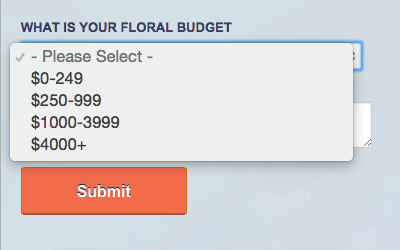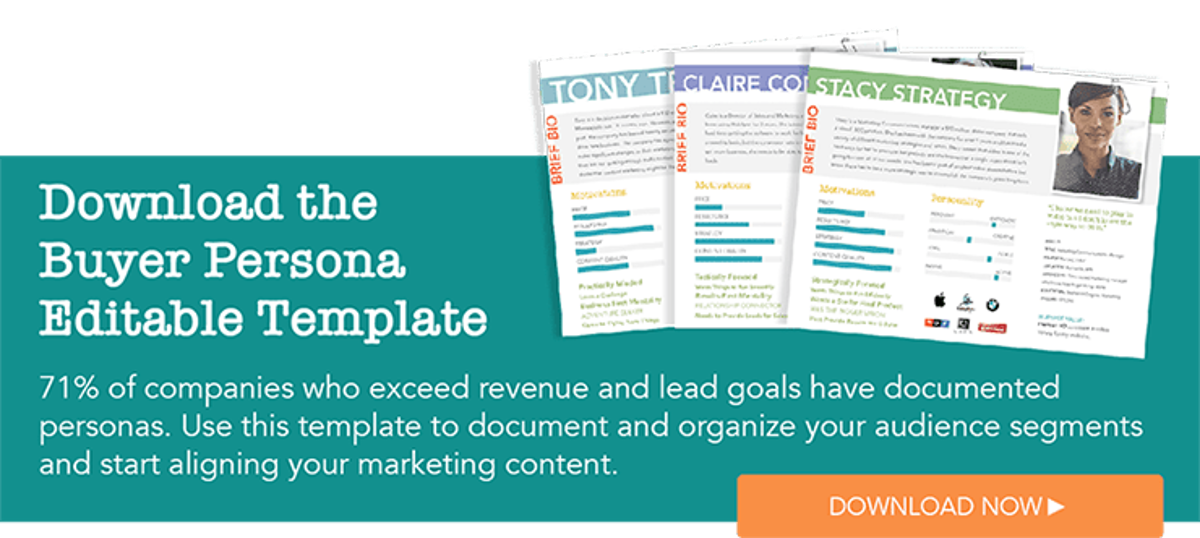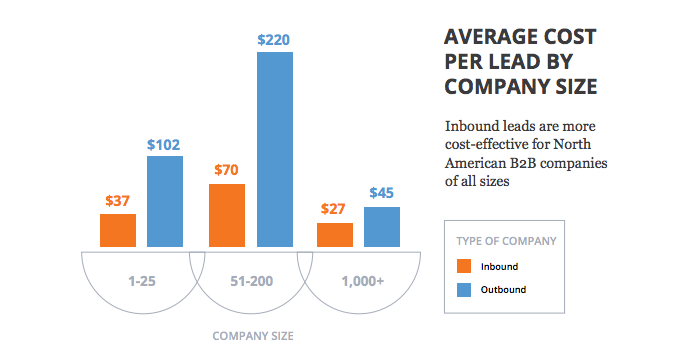7 Undeniable Advantages of Hiring a Lead Generation Agency
Lead generation is at the core of any successful marketing strategy—it is the job of the marketing team to drive demand and interest that ultimately...
2 min read
 Kevin Page
:
Jul 6, 2015 3:37:00 PM
Kevin Page
:
Jul 6, 2015 3:37:00 PM

In business (and marketing), it's easy to focus on getting things done right, but how often do we put plans and processes in place to ensure that we are getting the RIGHT things done?
Inbound marketing is an extraordinary process to help you bring in new leads, but what happens when you have more leads than your sales team can handle? Creating lead prioritization quickly becomes an essential part of creating an effective process, to ensure that your sales force is spending time follow-up on the best leads.
What is lead scoring and how do I use it? Lead scoring is a ranking system to prioritize prospects and help understand value each lead represents to the organization. Because lead scoring is a consistent, on-going process, it is best implemented through the use of an automation software like Hubspot or Marketo.
Here are three key ways that lead scoring can help get your sales team on the road to automatic lead prioritization.
Gather your sales and marketing team together to decide what characteristics identify a high-quality lead (or Marketing Qualified Lead).
Key lead scoring metrics might include:
Once you've identified the key lead metrics, you will need to create a scale to grade each metric (ex. 1-10). As you go through each of your key lead scoring metrics, give the maximum number of points to each of the qualities that represent a high-quality lead.
Example: If your own a floral shop specializing in wedding day bouquets, your form might include a field to gather information about what the budget is for the client's wedding day flowers. This is a key lead metric, it helps you understand the value of each lead.

When you have finished calculating all of your most important lead metric data add all the maximum values together, this will be your best-case scenario number.
Now that you have a scale in place use the data to analyze your existing leads. Based on the information that you see, decide with your sales team what qualifies as a sales-ready score. You can now begin to create notifications that will notify your sales team when there is a new lead that is ready for their attention!
It's important to remember that a lead's score will change based on information, activitity and interest in your company's product. Make sure to check on your scoring every few months to ensure that your scale does not need to be adjusted.
Once you have your lead scoring in place, it's important to create a plan based on where your leads fall in the buying process. If your leads are not showing all the buyer and sales-readiness signs, use lead nurturing campaigns to entice your leads to learn more about your products before involving a sales person.
As your leads progress up the lead scoring scale, you can enable more and more alerts to inform your sales team about the progress of that indivudal lead and their interest in your product or services.
These are just a few tips for how to get started with establishing a scoring system for your inbound leads—if you would like to have a more in-depth conversation about how to implement lead scoring for your business, contact us. 

Lead generation is at the core of any successful marketing strategy—it is the job of the marketing team to drive demand and interest that ultimately...

3 Benefits to Warm Sales Leads You do your research, you identify your prospect, get your elevator pitch in order, and 3-2-1: You pick up the phone...

Someone Just Converted On Your Website. What Now? You just received an email notification informing you that someone has filled out a form on your...